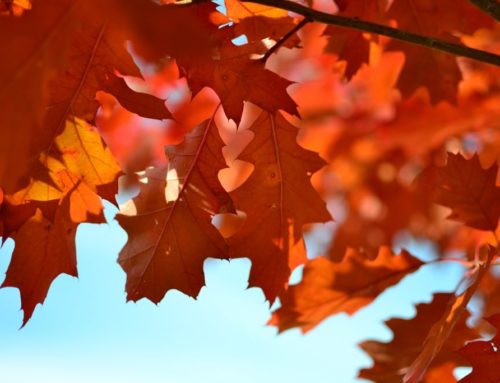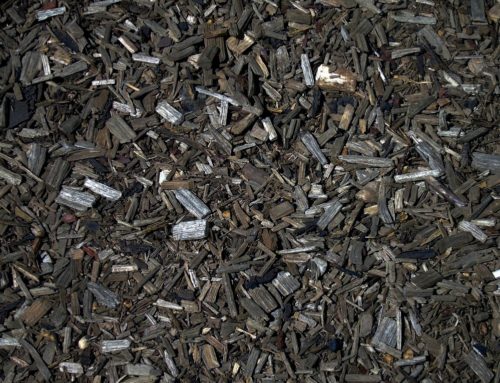Lawn care or more commonly known as lawn mowing and grass cutting is equal parts hard work and art as well. There is a lot more to maintaining a well groomed lawn than rolling a mower over it once a week or so in our zone 5 Ottawa Valley climate. There are several factors that contribute to maintaining your lawn in a way that optimizes its health as well as its appearance.
In my experience the single most important factor contributing to a good cut is the condition of the blade in the mower being used. I have seen a number of lawns that have developed disease and mold issues due to a dull blade. A dull blade rips the top of the grass off instead of cleanly and evenly slicing it. When the blade of grass is ripped it heals slowly and is susceptible to disease and mold issues. Conversely a sharp and well balanced blade will ensure a more even cut and aides in the grass quickly healing or closing off the end of the blades of grass.
I recommend sharpening your lawn mower blade every year. Your owner’s manual will show the safe procedure for taking the blade off. Then you can sharpen it with a hand file, a angle grinder or even a belt sander. Just be sure to wear the proper safety equipment for the sharpening method you choose.
Alternatively for those of us who may not be comfortable sharpening the blade at home, bringing your mower in to a small engine shop is the best idea. They will be able to inspect your machine and give it a razor sharp cut that will really ensure an even turf at home.
I am going to cautiously weigh in on the battery vs gas powered lawn mower debate. With my Ottawa lawn care business, I obviously need commercial grade gasoline engines as they are running all day sometimes. I did however choose low emission equipment to minimize my carbon footprint. Having inspected many lawns over the last 10 plus years, I have found that both types of machines can provide a quality result. Overall gasoline machines do have more power and torque to spin the blade more quickly. This reduces the thatch found in a lawn and will minimize tearing of the tips of your turf. Now I am not saying that battery powered or plug in mowers can’t provide a good cut.
Again the most important thing you can do is sharpen the blade yearly.
Whatever type of machine you use here are some more pro tips from the field to help you achieve the best cut this year.
- Don’t mow when it’s raining or damp. This will possibly create ruts in your lawn, clog your mower, leave lots of thatch and generally make a mess on your property.
- Try to overlap a little when cutting. Try to remember not to use the , maximum cutting width of your machine. Instead overlap 2 to 4 inches when transitioning from row to row. Doing this ensures a more flush cut and will reduce thatch and the burden on your machine.
- If your mower has adjustable throttle, always cut at full power. This will also reduce thatch and leave a more even cut in your lawn.
- Alternate the pattern you use when cutting. Always cutting the same pattern, specially when the lawn in damp can create ruts or uneven conditions in the grass. Try mixing it up evenly cut or two with a new pattern or direction you use.
- When you’re done cutting the grass, take a couple of minutes to go over your property with a take or a leaf blower to disperse the clippings. Unless you cut frequently with a very high powered mower, chances are there will be some clumps here and there after a cut. Accumulations of clippings left in piles are horrible for your lawn. They can create thatch which will choke the living turf it lays on or can even burn an area of your lawn since it is similar to a small compost pile decomposing in the grass.
- When you have not cut for a while and the lawn is over 6 inches high, bag the grass clipping. If you went away on vacation or are moving into a new home and the grass has not been cut in more than 2 weeks, I strongly recommend bagging the clippings if possible. If you do not have a bagging mower, take up the clippings and put them in yard bags. Cutting very tall grass is already a stress put into the lawn. Leaving the tonnes of clippings on it will pretty much ensure thatch and burning in some areas.
I hope you found these tips helpful. Follow them and you will be on the path to curb appeal and a more healthy vigorous lawn.
If you need some help with grass cutting or lawn care in Ottawa, Gloucester, Nepean do not hesitate to contact us at info@primolandscaping.ca or 613.762.1838





